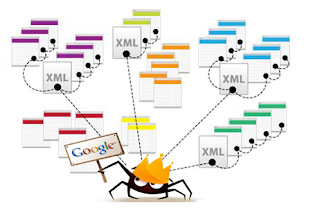Why will a client accept your tender, bid or proposal? More key selling arguments
When it comes to key selling arguments for your professional services tenders, bids and proposals it can be hard to distil down precisely the benefits you bring and the value you offer.
Here some questions and tips to help you strategically work through what it is exactly you are offering clients in your tenders, bids and proposals:
First, why will a client accept your proposal and buy what you have on offer?
Will you solve a problem?
- one they’re already conscious of?
- one they don’t really know about or recognise as significant yet?
Will you deliver a big benefit or upside?
- an advantage they’re actively seeking?
- or a benefit they don’t yet understand is available to them?
Will you relieve their pain?
- a problem which is causing them “agony”?
- pain they’ve learned to live with?
- discomfort of which they’re not yet mindful?
- save them from embarrassment or loss of reputation?
Will you give them pleasure?
- increase their status or brand value?
- make them look good or feel good?
- help them achieve a long-term aspiration?
Will you save them money?
- make a one-off saving?
- take cost out of an on-going process?
- avoid a looming expense?
- defer cost now to later?
Will you make them money?
- where exactly?
- how?
Secondly, dimension your key selling arguments
For each client bid, work out specifically how, and to what extent, what you do will impact money, time, risk, and qualitative considerations.
Quantify (or estimate quantitative) changes for the client:
Money
- money saved or made
- costs avoided or reduced
- expenses deferred
- revenue increased and new revenues
- revenues brought forward/accelerated
- impact on pricing.
Time
- outright time savings
- positive impacts on elapsed time.
Risk
- risks avoided or minimised
- risks transferred to another party
- problems deferred.
Then, dimension qualitative impacts in each of the categories below.
Make a brief list and rate as low, medium, or high impact of each key selling argument on that client:
- competitive positioning
- reputation and prestige
- brand standing and advantage
- ease of doing business
- peace of mind and security.
This key selling argument framework is far from exhaustive, and it needs to be customised for each tender, bid or proposal. But it’s a flying start on the process of working out how to inject specific appeals to a prospective client in your pitches for new or more business.
To sell services to a client, know what they buy, why they buy it, and how what you do fits into their universe. Then work through how your services impact their money, time, risk, competitive positioning, brand standing, and comfort in doing business.
Once you’ve done the analysis and armed yourself with insight, you will be able to present a cogent business case with key selling arguments to prospective clients who will not only find you acceptable but reward you with a win.



Comments
Post a Comment